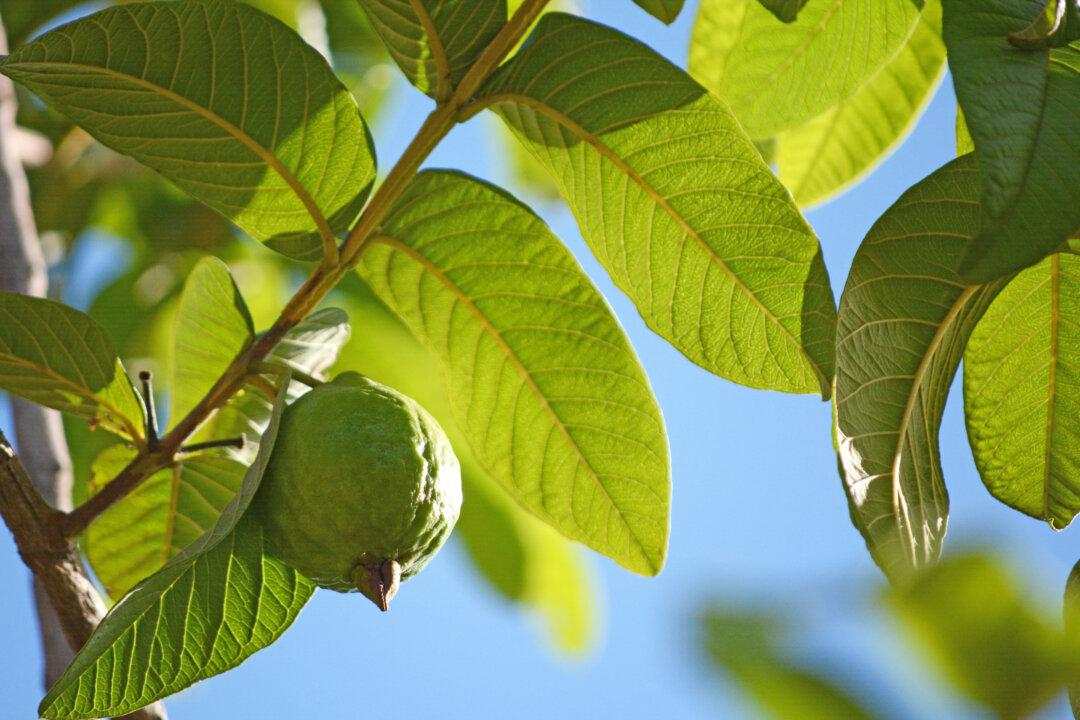If a big belly is weighing you down, nature may offer some sensible solutions. From coconut oil and green tea to dark chocolate and vitamin D, there are great natural substances worth looking into.
That’s especially true when you consider carrying excess weight around your midsection puts you at increased risk of heart attack, raising the risk by 10 percent to 20 percent compared to carrying excess weight that’s more evenly distributed throughout your body.[i],[ii]





